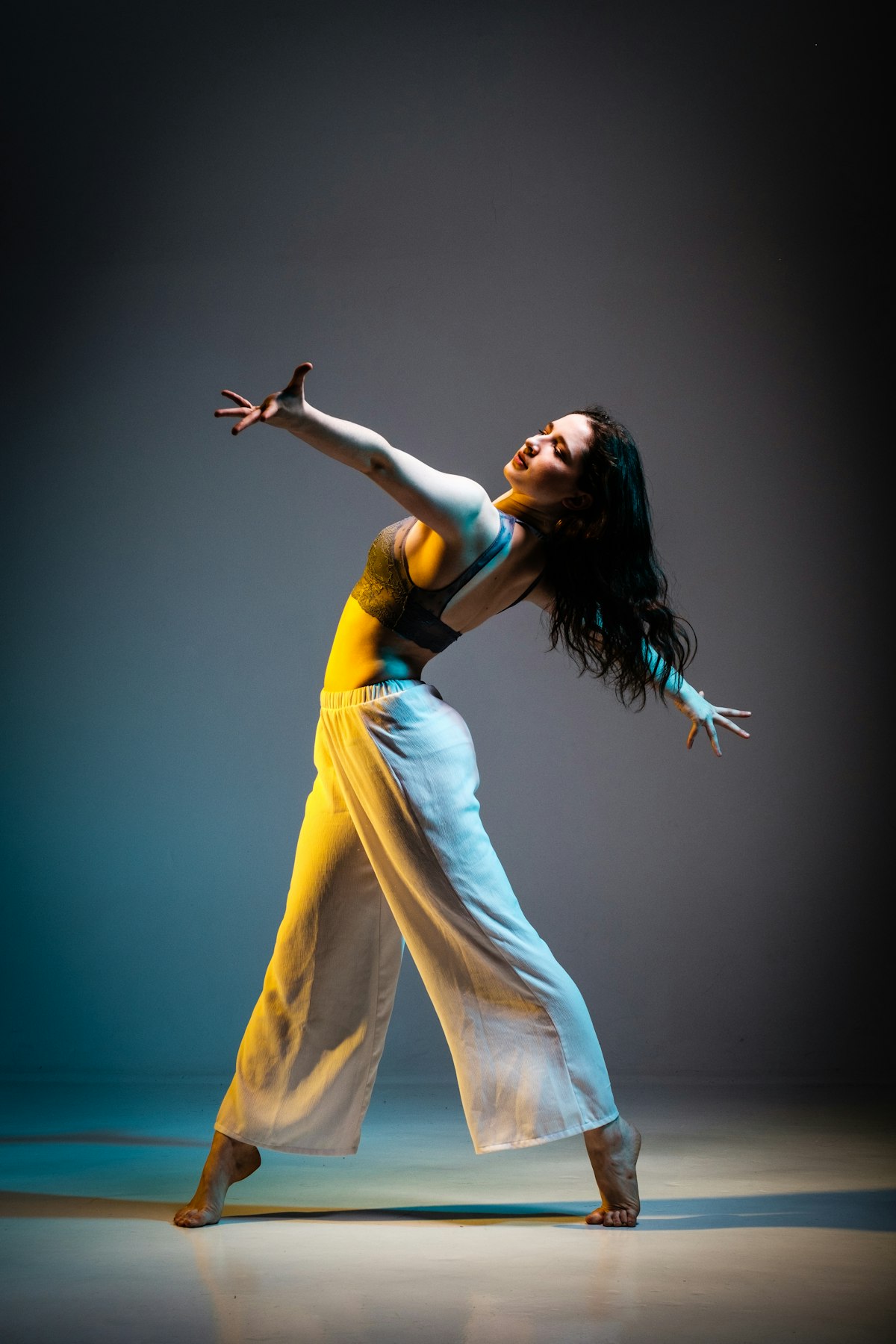The Motion Capture Revolution: How AI-Powered MoCap is Redefining Dance Excellence

Imagine receiving real-time feedback on your pirouette from an AI coach that analyzes 2,000 data points per second. Or visualizing your body's energy flow as you move through a complex contemporary piece. This isn't science fiction—it's the new reality for dancers worldwide, thanks to groundbreaking advancements in motion capture technology.
The Quantum Leap
Traditional motion capture required studio-bound systems costing hundreds of thousands. Today's breakthrough? Markerless, AI-driven systems that work anywhere, providing studio-grade accuracy through consumer devices.
Beyond the Mirror: The New Digital Dance Partner
For centuries, dancers have relied on mirrors and instructor feedback. While invaluable, these methods have limitations. Mirrors show what you're doing, but not how you're doing it. Human eyes can miss micro-movements that make the difference between good and greatness.
Enter KineticSense Pro, the system that's setting the dance world ablaze. Using spatial computing and advanced neural networks, it creates a digital twin of your movement patterns, identifying imbalances, inefficiencies, and opportunities for artistic growth that even seasoned coaches might overlook.
How It Works: The Magic Behind the Movement
The system uses multiple input sources—from smartphone cameras to wearable sensors—creating a comprehensive movement profile. The AI doesn't just track positions; it understands dance biomechanics, artistic expression, and the subtle energies that define different styles.
Real-Time Biomechanical Analysis
Track joint angles, muscle engagement, and weight distribution with surgical precision. Receive instant feedback on alignment and technique.
Style-Specific Intelligence
The AI understands the difference between ballet's épaulement and hip-hop's isolations, providing style-appropriate coaching.
Progress Visualization
See your improvement through detailed analytics and 3D movement maps that show exactly how your technique is evolving.
The Human Impact: Stories from the Studio
At New York's prestigious Contemporary Dance Institute, director Maria Chen reports remarkable results: "Our students using the system showed 40% faster progress in technical precision and 35% reduction in injury rates. The visual feedback helps them understand corrections immediately rather than through weeks of trial and error."
Professional dancers are equally enthusiastic. Ballet star Javier Rodriguez shared: "I discovered asymmetries in my landings I never knew existed. Correcting them has added years to my career."
The Future Choreography
This technology is democratizing elite dance training. Students in rural areas, dancers in developing countries, and anyone with passion but limited resources can now access world-class movement analysis.
Next-generation systems already in development promise even more: emotion recognition to match movement with musical expression, collaborative virtual spaces where dancers across continents can rehearse together, and predictive analytics that can suggest choreographic innovations based on a dancer's unique strengths.
The revolution isn't coming—it's here, and it's dancing.






